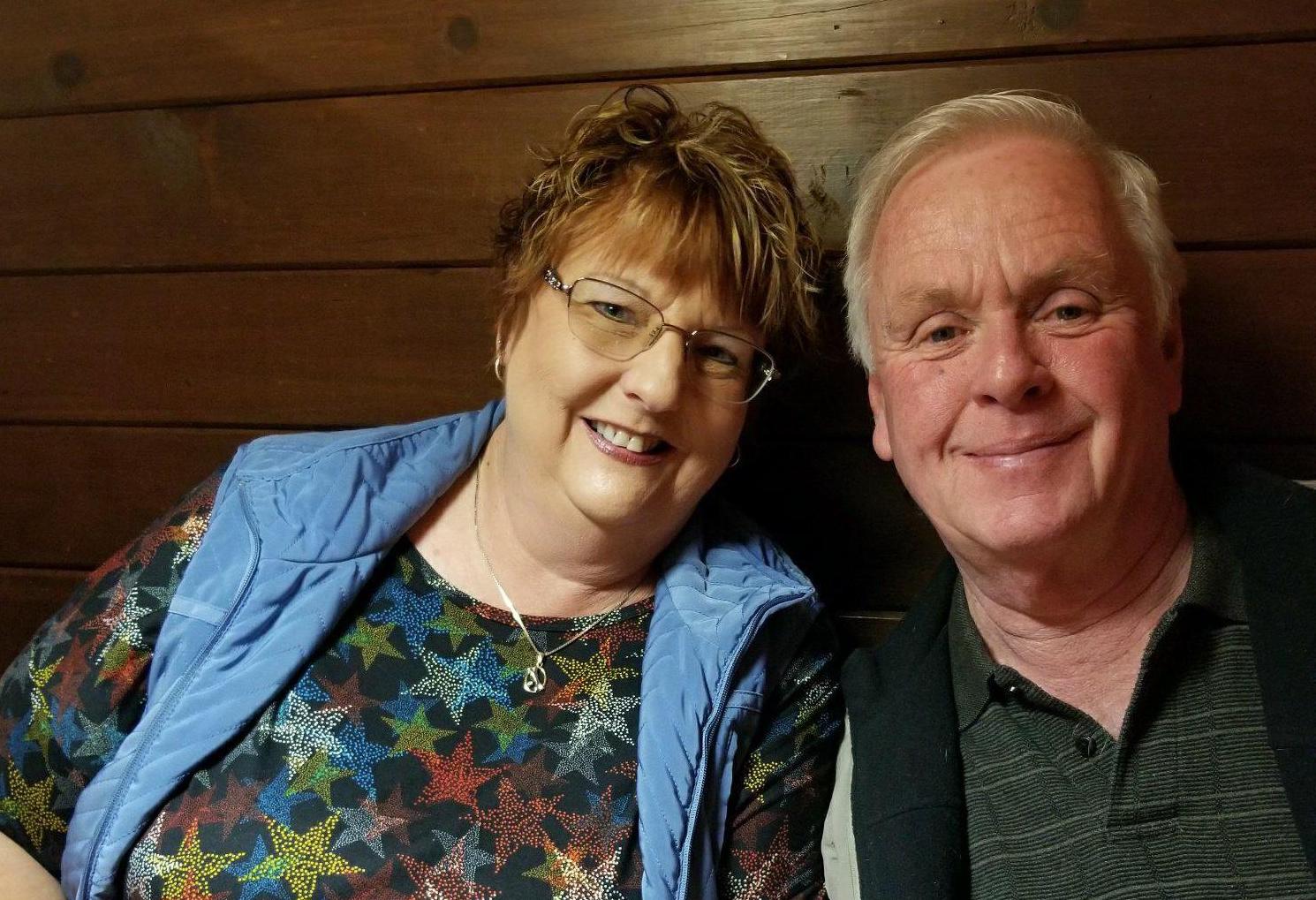468 – Bloat 911: Know the Signs, Be Prepared

Bloat 911: Know the Signs, Be Prepared

PRINT this chart for reference in your dogs’ area.
Dr. Marty Greer, DVM joins host Laura Reeves for a primer on one of the most terrifying and emergent situations we can encounter with our dogs – bloat. Most noted in large and giant breeds of middle to advanced age, Greer notes that small dogs and puppies are not immune.
“There are parts of this that no one still understands,” Greer said, “even though we’ve known about gastric dilatation volvulus, GDV or bloat, for decades and decades. I mean, when I was in veterinary school, it was a big deal. Unfortunately, we have still a lot of holes in the knowledge we have about it.
What happens
“Essentially what happens is the stomach fills with fluid, air, food, different materials and in gastric dilatation it dilates. In gastric dilatation volvulus it dilates and then rotates inside the abdomen.
“It can be one or both. The distinguishing feature is going to be available only by X Ray. Just looking at a dog at a dog show or in your hotel room or at your house and your kennel, in the veterinary lobby, you can’t tell the difference between a volvulus and a dilatation. So, an X Ray is needed to determine what’s going on.
Why it happens
“(When) material starts to fill the stomach and it starts to dilate, there’s some kind of an outflow obstruction, which is not clearly identified, which keeps the fluid and gas from being able to go down into the small intestine. The stomach dilates further and further and further …gas is produced either by fermentation or by gulping air.
“The dogs typically will attempt to vomit, but are unproductive in their efforts …That’s probably the one distinguishing thing that you can determine when you’re looking at a dog, as the abdomen is distended… if they’re able to productively vomit, food is coming up, fluid is coming up, it’s probably not a boat. If their efforts to vomit are unproductive, you have a genuine life crisis medical emergency on your hands and you cannot get to a veterinary clinic for care fast enough.
“The problem is this becomes this really vicious cycle of metabolic and respiratory and circulatory disasters that just feed on each other. As soon as the stomach starts to fill with gas, the dog develops acidosis. They can’t produce any vomit. The stomach starts to press on the diaphragm, so they can’t breathe adequately. And then their circulation starts to slow down because there’s pressure on the vena cava.
“There are all these metabolic cascades that start to happen that become a vicious cycle. One makes the next part worse, which makes the next worse, which makes the next worse. Which is why the dogs decompensate and die of shock or ruptured stomach or cardiac malfunctions.
What can you do?
“There are some correlations that people have made with the time of eating and the amount of exercise afterwards, but there’s not a strong correlation. You can follow every single guideline that you possibly have ever read about to try and reduce the risk of it. And it can still happen anyway. That’s what’s really devastating about it … You feel really helpless because you can’t prevent it and you can’t predict it. And when it happens, it doesn’t matter what time of the day it is. You need immediate medical care. Half an hour ago.
“(The stomach is noticeably distended)… it can sound like a watermelon when you thump it… so if there’s any possibility, a little inkling that something is not right, if a dog is restless, won’t lay down, won’t eat, won’t drink, and it’s really non-productively trying to vomit, you go get an X Ray. Period, end of discussion.
“You call the emergency clinic on your way. You tell them what you have for a breed, the circumstances and you say I’m coming in for an X Ray. And you hope to God that there’s not six other really serious medical emergencies ahead of yours so that you can get the immediate attention that’s required.
“If you have the option of going to two different practices, you’ll probably want to call ahead and see who can accommodate you when you arrive, because there is no sitting in the parking lot and waiting. There is no calling in the surgeon. There is no ‘we’ll get around to you when we get around to you.’ It is right now.”
Listen to the rest of our conversation to learn about passing a stomach tube to give the dog more time, prophylactically tacking the stomach, potential genetic predisposition that can impact breeding decisions and more.
Listen HERE for our previous podcast on first aid for bloat and other emergencies.
Our Valued Corporate Sponsors:
Our Esteemed Advertisers:
Our In-Kind Supporters:
KNOWLEDGE IS POWER — FRANCIS BACON
When you become a patron of Pure Dog Talk you’ll tap into an exclusive community of experts to help you and your dog be blue-ribbon best at whatever you do with your purebred dog! Your support helps keep the MP3's rolling at Pure Dog Talk!
As a supporter, you’ll immediately gain access to the weekly Pure Pep Talk SMS, Pure Pep Talk private Facebook group, and priority emails. Patrons can choose to level up to the After Dark Zoom and a Patrons Digital Badge for their website— even a private counseling session with Laura on any topic.

DON'T MISS AN EPISODE!!












